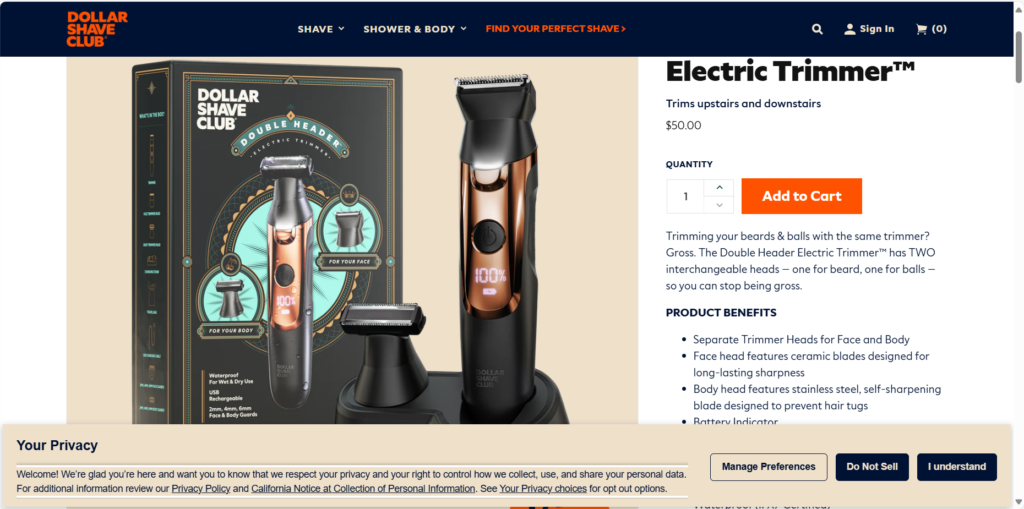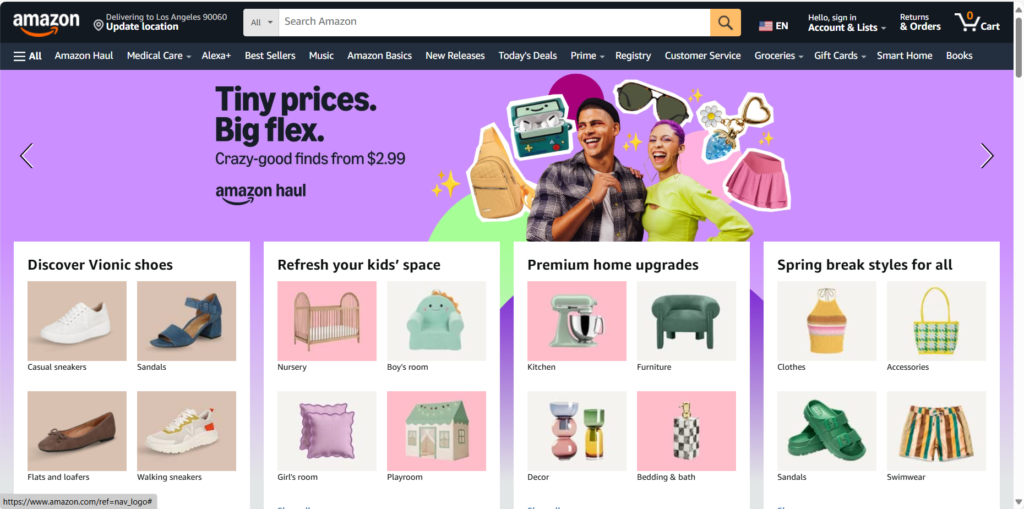Introduction
The e – commerce subscription model has transformed business – customer dynamics, enabling brands to secure recurring revenue and foster long – term relationships. This article delves into why the model thrives, and how brands can effectively adopt it.
The Appeal of Subscriptions to Consumers
Consumers are drawn to subscriptions due to psychological factors like convenience, personalization, cost – savings perception, and the anticipation of new items.
Types of E – commerce Subscription Models
- Replenishment Subscriptions: Ideal for essential, frequently used products, saving customers time. Example: Dollar Shave Club.
- Curated Box Subscriptions: Tailored product selections create a sense of uniqueness. Example: Birchbox.
- Membership and Exclusive Access Subscriptions: Offer extra benefits, enhancing customer loyalty. Example: Amazon Prime.

Keys to a Successful Subscription Model
- Clear Value Proposition: Subscriptions must offer immediate, tangible value. Example: HelloFresh.
- Friction – Free Process: Easy registration and cancellation are crucial. Example: Netflix.
- Flexibility and Customization: Empowering customers reduces cancellations. Example: Stitch Fix.
- Retention and Engagement: Rewarding loyalty keeps subscribers on board. Example: Amazon Prime.

Case Studies of Successful Brands
- Dollar Shave Club: Transformed a basic product through branding and convenience.
- Amazon Prime: Bundled multiple benefits to boost retention.
- HelloFresh: Enhanced home – cooking experience with personalization.
Launching an E – commerce Subscription Model
- Model Selection: Match the model to your product and target audience.
- Pricing Strategy: Offer tiered plans and demonstrate long – term savings.
- Experience Optimization: Simplify processes and keep customers informed.
- Marketing: Use influencer marketing and email retargeting.
- Performance Tracking: Analyze churn rates and customer feedback.
Avoiding Subscription Pitfalls
- High Churn Rates: Improve onboarding and offer pause options.
- Subscription Fatigue: Differentiate your service and provide tiered options.
- Hidden Costs: Optimize logistics and be transparent about pricing.
Conclusion
The e – commerce subscription model is a powerful tool for building customer relationships. Brands should focus on leveraging consumer psychology, choosing the right model, prioritizing retention, and avoiding common pitfalls to benefit from recurring revenue.